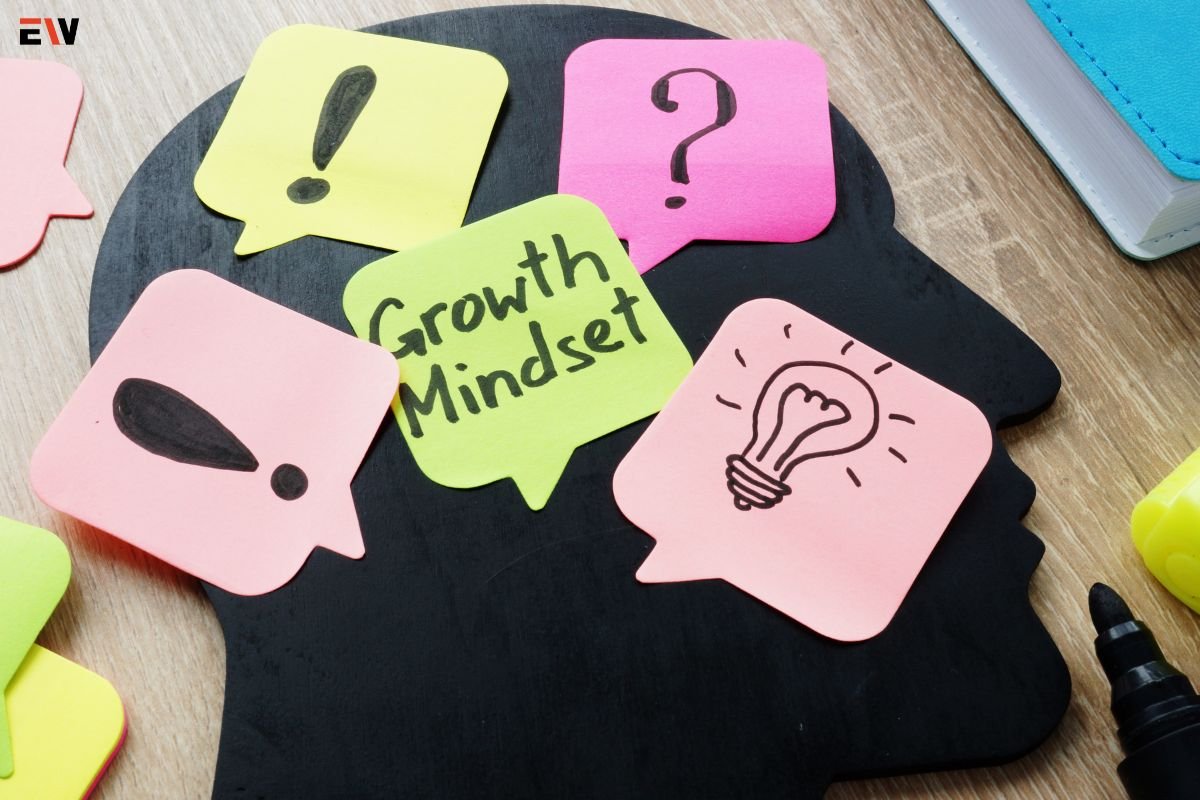Innovation and creativity are two fundamental components that drive progress and success in various fields, from business and technology to art and education. They enable individuals and organizations to develop new ideas, solve complex problems, and adapt to changing environments. This guide delves into the concepts of innovation and creativity, their importance, how they interrelate, and practical ways to foster them in different settings.
Understanding Innovation and Creativity
What is Creativity?
Creativity is the ability to generate new, original ideas and see things in novel ways. It involves thinking outside the box, making connections between seemingly unrelated concepts, and approaching problems with fresh perspectives. Creativity is often associated with artistic endeavors, but it is equally important in scientific, technical, and business contexts.
What is Innovation?
Innovation is the process of transforming creative ideas into practical solutions, products, or processes that add value. It involves not only generating ideas but also implementing them in ways that bring tangible benefits. Innovation can be incremental, involving small improvements to existing products or processes, or radical, leading to groundbreaking changes and entirely new ways of doing things.
The Importance of Innovation and Creativity
In Business
- Competitive Advantage: Companies that foster creativity and innovation can differentiate themselves from competitors, offering unique products and services that meet customer needs better.
- Adaptability: Innovative organizations can quickly adapt to market changes, technological advancements, and emerging trends, ensuring long-term success and sustainability.
- Problem Solving: Creativity enables businesses to solve problems more effectively, finding solutions that might not be immediately obvious through conventional thinking.

In Education
- Engagement: Creative teaching methods engage students more effectively, making learning enjoyable and stimulating.
- Critical Thinking: Encouraging creativity in education helps develop critical thinking skills, enabling students to analyze and solve problems independently.
- Preparation for the Future: Innovation in education prepares students for future challenges, equipping them with the skills needed in a rapidly changing world.
In Personal Development
- Self-Expression: Creativity allows individuals to express themselves, explore their passions, and develop their unique talents.
- Mental Health: Engaging in creative activities can improve mental health, reducing stress and promoting a sense of accomplishment and well-being.
- Lifelong Learning: Innovation and creativity encourage continuous learning and personal growth, keeping individuals curious and open-minded.
How to Cultivate Innovation and Creativity?
In Organizations
- Create a Supportive Environment: Encourage a culture that values creativity by providing the resources, time, and freedom needed to explore new ideas.
- Encourage Collaboration: Facilitate teamwork and open communication, as diverse perspectives often lead to innovative solutions.
- Reward Innovation: Recognize and reward employees who come up with creative ideas and successful innovations, motivating others to follow suit.
- Provide Training: Offer training and development programs that enhance creative thinking and problem-solving skills.

In Education
- Integrate Creative Activities: Include activities like brainstorming sessions, creative writing, art projects, and problem-based learning in the curriculum.
- Encourage Exploration: Allow students to explore topics of interest and pursue independent projects that foster curiosity and creativity.
- Use Technology: Leverage digital tools and resources to create interactive and engaging learning experiences.
- Create a Safe Space for Risk-Taking: Encourage students to take risks and learn from failures without fear of negative consequences.
In Personal Life
- Engage in Creative Hobbies: Pursue hobbies that challenge your imagination, such as painting, writing, music, or crafting.
- Learn New Skills: Continuously seek out new experiences and skills that broaden your perspective and inspire creativity.
- Stay Curious: Maintain a curious mindset by asking questions, exploring new ideas, and staying open to different viewpoints.
- Practice Mindfulness: Techniques like meditation can help clear your mind, reduce stress, and enhance your ability to think creatively.
Innovation and Creativity in Practice
Case Study: Apple Inc.
Apple Inc. is often cited as a prime example of innovation and creativity in business. Under the leadership of Steve Jobs, Apple revolutionized the tech industry with products like the iPhone, iPad, and MacBook. The company’s success can be attributed to its commitment to design excellence, user-centric innovation, and a culture that encourages creative thinking and risk-taking.
Case Study: IDEO
IDEO, a global design company, is renowned for its innovative approach to problem-solving. The company uses design thinking to create groundbreaking products and services, emphasizing empathy, experimentation, and collaboration. IDEO’s work spans various industries, demonstrating how creativity and innovation can lead to significant advancements and improved user experiences.
Challenges to Innovation and Creativity
Despite their importance, fostering innovation and creativity can be challenging. Common obstacles include:
- Fear of Failure: Fear of making mistakes can stifle creativity and discourage risk-taking.
- Resource Constraints: Limited resources, including time and funding, can hinder the exploration of new ideas.
- Rigid Structures: Hierarchical and inflexible organizational structures can impede the flow of creative ideas.
- Resistance to Change: Resistance from individuals who are comfortable with the status quo can prevent the adoption of innovative solutions.
Overcoming Challenges

To overcome these challenges, it’s essential to:
- Promote a Growth Mindset: Encourage a mindset that views failures as learning opportunities and values continuous improvement.
- Allocate Resources Wisely: Prioritize funding and time for creative projects that have the potential to drive significant value.
- Foster an Inclusive Culture: Create an inclusive environment where all team members feel valued and empowered to contribute their ideas.
- Champion Change: Lead by example and advocate for the benefits of innovation and creativity, inspiring others to embrace change.
Conclusion
Innovation and creativity are vital for progress and success across various domains. By understanding their importance and implementing strategies to foster them, individuals and organizations can unlock new opportunities, solve complex problems, and achieve their goals. Whether in business, education, or personal development, embracing creativity and innovation can lead to a more dynamic, adaptable, and prosperous future.










